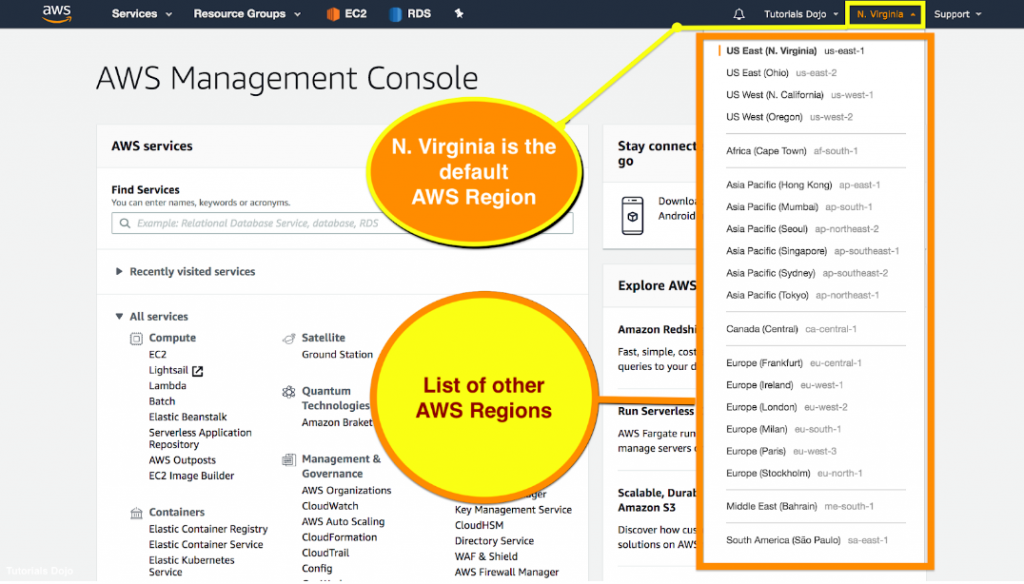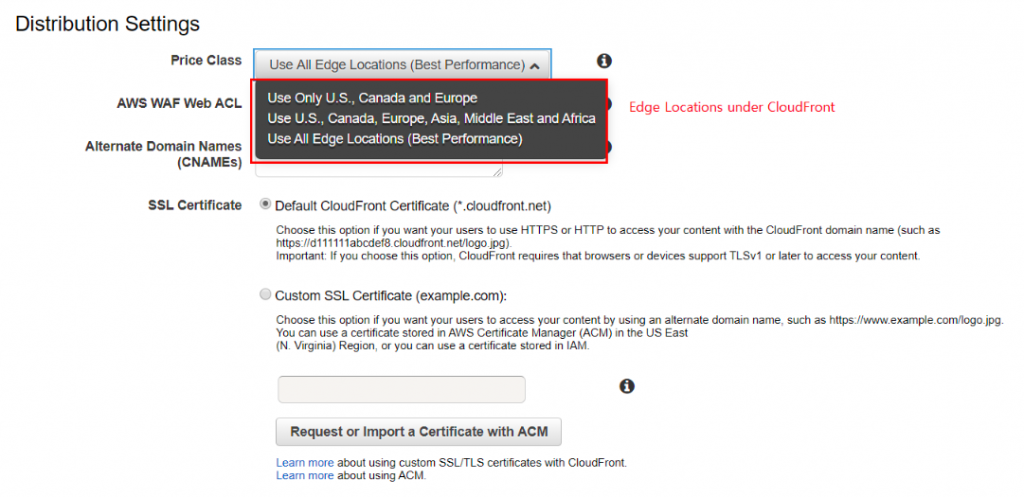Amazon Web Services provides the most extensive global footprint compared to any other cloud provider in the market, and it opens up new regions faster than others. In the short video lecture below, we’ll discuss the AWS global infrastructure and briefly talk about availability zones and regions in AWS.
- The AWS Global infrastructure is built around Regions and Availability Zones (AZs). So far, there are:
- 65+ Availability Zones
- 20+ Geographic Regions
- 5+ Local Region

- Regions provide multiple, physically separated and isolated Availability Zones which are connected with low latency, high throughput, and highly redundant networking.
- Availability Zones offer highly availability, fault tolerance, and scalability.
- Consist of one or more discrete data centers, each with redundant power, networking, and connectivity, housed in separate facilities.
- An Availability Zone is represented by a region code followed by a letter identifier; for example, us-east-1a.

- An AWS Local Region is a single datacenter designed to complement an existing AWS Region. An AWS Local Zone places AWS compute, storage, database, and other select services closer to large population, industry, and IT centers where no AWS Region exists today.
- To deliver low-latency content to users around the globe, AWS has placed Points of Presence, which are either edge locations or edge caches. These points are used by Cloudfront and Lambda@edge services.
- Edge locations are locations that CloudFront uses to cache copies of your content for faster delivery to users at any location.
View the Interactive AWS Global Infrastructure Map here.

Sources:
https://aws.amazon.com/about-aws/global-infrastructure/
https://docs.aws.amazon.com/aws-technical-content/latest/aws-overview/global-infrastructure.html
https://www.infrastructure.aws/


No comments:
Post a Comment